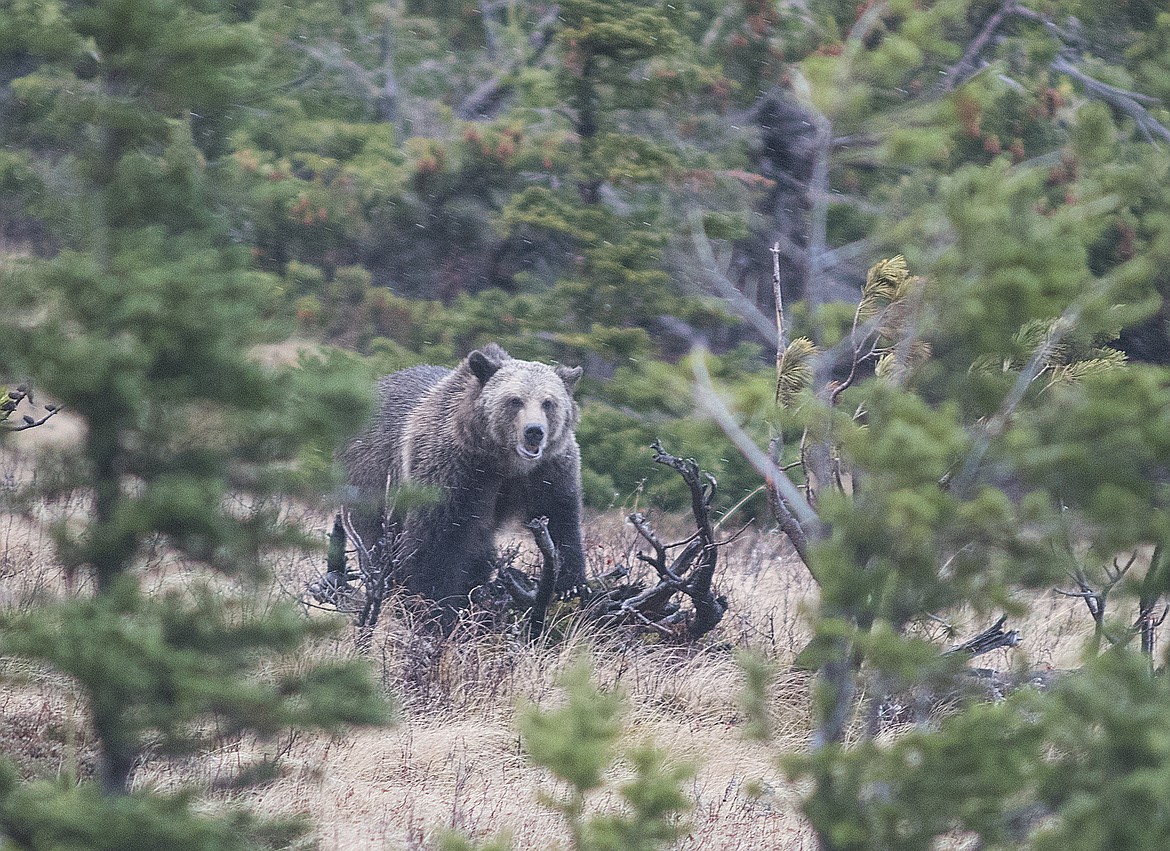Grizzly deaths lower than last year
Known grizzly bear mortality across the Northern Continental Divide Ecosystem was lower than last year.
Thirty-five grizzly bear deaths were reported in 2020, as opposed to 51 in 2019. Of the 35, two were from natural causes.
Four bears were orphaned because their mother was killed. Two were poaching cases and five more, including two of the orphans, were considered “under investigation.”
Car collisions continue to be problematic. Four bears were killed by vehicle collisions, most notably a 25-year-old female grizzly known to wildlife biologists as Griz-40. She died Sept.
4 after being struck by a vehicle while crossing U.S. Highway 93 in the area of Post Creek and the Ninepipe wetland complex near Ronan.
Griz-40 was originally captured by state biologists in the Swan Valley in 2001 and was among the first grizzlies to be monitored by collar for the Northern Continental Divide Ecosystem trend monitoring study. She had never turned up in the Mission Valley as a conflict bear.
But the largest cause of death was agency removal of bears that got into trouble with humans, usually because of conflicts with livestock or because they got into human foods, like garbage.
All told, 15 bears were removed by various government agencies.
Last year 12 grizzlies were killed due to livestock depradation as bears
continue to migrate farther and farther from the mountains out onto the plains.
Trains were also a big problem in 2019, as eight bears were killed in train collisions. This year there weren’t any.
Of the bears killed this year, 17 were females.
In 2018, 51 bears were reported dead as well. From 2013 to 2020, the average number of knowns deaths is about 37 bears a year, with the lowest being 21 in 2016 and the highest being 51 in 2018 and 2019.

